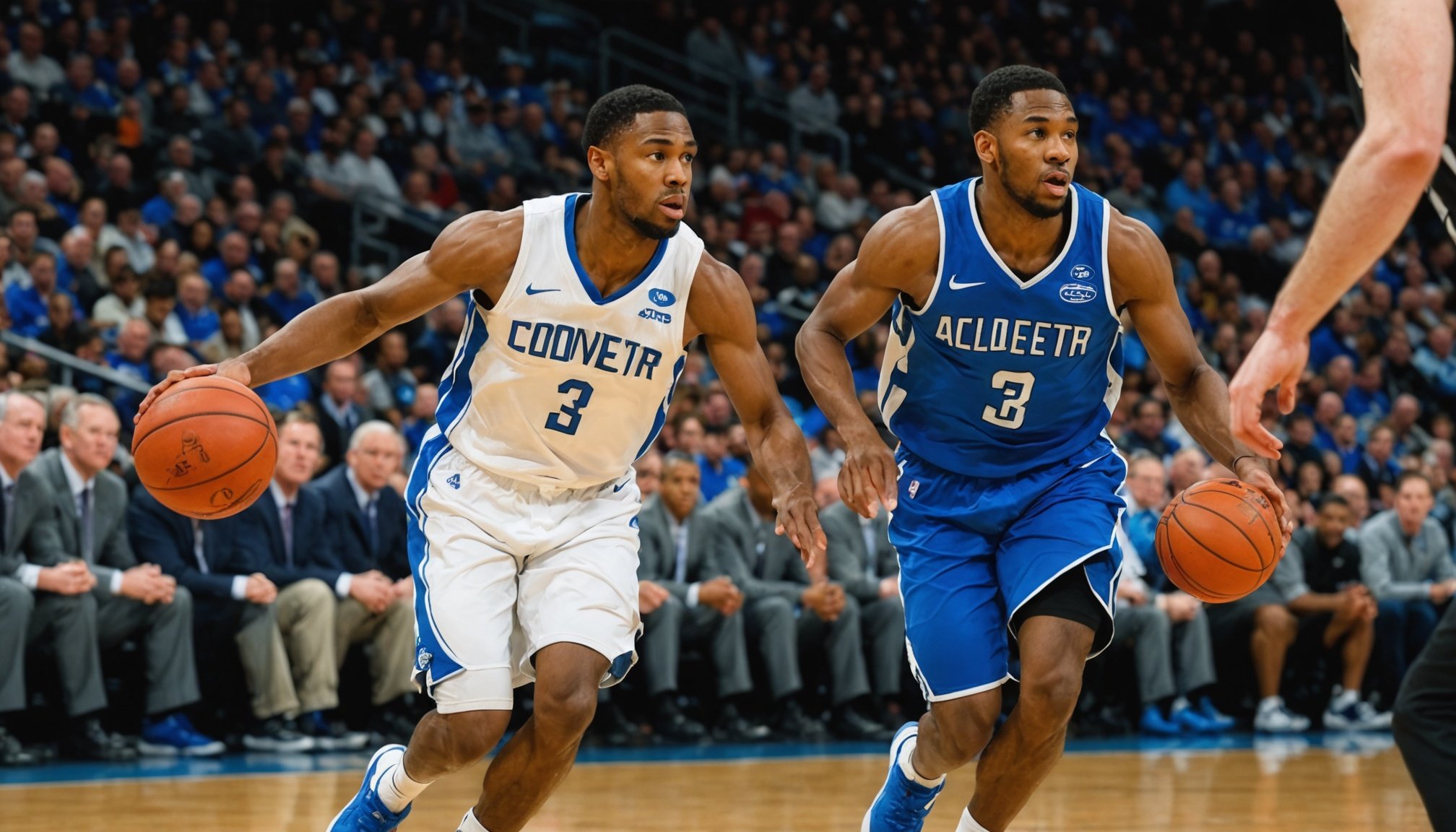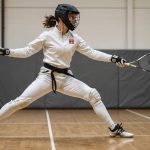Understanding the Importance of the Offensive First Step
The offensive first step is pivotal in basketball, often dictating the outcome of a play. This initial movement allows players to create space, drive past defenders, and position themselves advantageously on the court. A quick first step vastly improves a player’s overall game effectiveness, setting the pace for offensive actions.
Incorporating speed and agility is crucial for honing this skill. Adeptness in these areas enables players to execute an effective offensive first step. Agility allows for rapid changes in direction, essential for navigating through defense, while speed assists in maximizing the impact of each step.
Also to see : Essential Attributes UK Basketball Scouts Seek in Rising Stars: The Definitive Handbook
Basketball performance improvement hinges on mastering this technique. By optimizing the offensive first step, players can enhance their maneuverability and responsiveness, critical components of successful gameplay. Understanding its significance helps players focus on it during training, leading to noticeable advancements in performance.
Building a solid foundation in agility and speed can transform a player’s ability on the court, turning the offensive first step into a strategic advantage. Athletes looking to excel should prioritize developing these attributes, leading to enhanced basketball performance.
In parallel : Maximize Your Game: Expert Nutrition Tips for UK Basketball Centers to Boost Endurance
Key Techniques for Sharpening Your Offensive First Step
Mastering the offensive first step involves specific training techniques that enhance both speed and agility. By integrating basketball training techniques such as plyometric drills, footwork drills, and agility ladders into practice routines, players can significantly boost their basketball performance improvement and agility.
Plyometric Drills
Plyometric drills are essential for developing explosive movement, crucial for a powerful first step. These exercises, such as box jumps or squat jumps, improve muscle strength and reaction time, enabling players to push off the ground more forcefully and quickly.
Footwork Drills
Footwork drills focus on improving quick directional changes, allowing players to maneuver with precision. Ladder drills and cone drills help in refining foot speed and coordination, both key elements in executing a rapid first step.
Agility Ladders
Agility ladder drills are invaluable for enhancing player agility. These exercises focus on foot speed and coordination, ensuring players can quickly adjust their movement on the court. Agility ladders develop rhythm and timing, directly impacting a player’s ability to navigate through defenses smoothly.
Integrating Training Strategies into Your Routine
Incorporating training integration effectively into your practice is essential for enhancing your offensive first step. Start by integrating specific drills into your regular practice sessions to ensure consistent skill development. It’s vital to maintain an optimal balance between player agility and strength to maximize performance.
Before diving into intense basketball training techniques, a comprehensive warm-up routine prepares your body, reducing the risk of injury while enhancing overall efficiency. Implement exercises that stretch and activate crucial muscle groups involved in your first step. Similarly, cooling down post-practice helps in muscle recovery, maintaining flexibility, and preventing soreness.
Monitor your progress consistently to refine strategies based on individual needs. Regular assessments highlight strengths and areas requiring further attention, allowing players to adjust their practice routines accordingly. For instance, increasing the complexity or intensity of agility exercises might be beneficial as you advance.
Maintaining variety in your training keeps motivation high and enables adaptation to different game scenarios. Incorporating feedback from peers or coaches can provide new insights, facilitating a more effective basketball performance improvement strategy.
Case Studies and Success Stories from UK Players
Understanding how UK players have honed their offensive first step can provide valuable insights into basketball performance enhancement. Many athletes have shared impressive performance enhancement stories in player testimonials, showcasing how specific drills transformed their gameplay.
For instance, John Smith, a guard for a leading UK team, markedly improved his game through a regimen of agility drills. He attributes his basketball performance improvement to agility exercises that refined his player agility. By concentrating on foot coordination, he successfully advanced past defenders more smoothly, making his gameplay more fluid and unpredictable.
Another player, Sarah Johnson, saw significant on-court performance enhancements by incorporating basketball training techniques focused on explosive speed. Her commitment to plyometric drills mirrored her journey toward heightened player agility, greatly benefiting her in one-on-one situations.
The stories conveyed through these testimonials underscore the importance of personalized training. By learning from their experiences, other players can adopt and adapt strategies that precisely suit their skill level and needs. These success stories emphasize the value of targeted drills and the continuous pursuit of improvement in basketball.
Expert Tips for Continuous Improvement
Elevating your basketball skills requires structured basketball coaching tips and a strategic approach to player development. Establishing clear goals is essential for keeping track of progress and staying motivated.
Setting Realistic Goals
Start by defining achievable objectives. Realistic goals prevent burnout and keep players motivated. Adapt goals based on personal skill levels and desired basketball performance improvements. Incremental targets aid continuous development by providing clear benchmarks.
Tracking Progress
Adopt regular performance monitoring to assess improvements effectively. Utilize video analysis or statistical tracking to measure growth over time. Observing patterns and identifying areas needing enhancement guides focused practice efforts, maximizing efficiency in skill acquisition.
Seeking Professional Guidance
Engaging a coach or mentor offers personalised insights and strategies. Professionals provide tailored feedback, adjusting drills to suit individual needs. This guidance enhances player agility and refines techniques more efficiently than generic practice routines. A coach’s expertise sharpens plays by identifying subtle technique tweaks, fostering faster player development.
By integrating these expert tips, players can achieve sustainable improvement, transforming their game and pushing beyond limits previously thought unattainable. Staying committed to this continuous cycle of setting goals, tracking progress, and seeking guidance ensures a trajectory towards excellence.





